Collections
-

Baby Gifts Personalised
Personalised Baby Gifts for Newborns Girls & Boys Childrens Presents with Embroidered...
-

Christmas Gifts Personalised
Browse our range of luxury Christmas stockings, personalised with any name. Our personalised...
-

Designer Hats
Designer Hats For Adults Him Her Men Women Workwear Construction Hat for...
-

Dress Jewellery Gifts
See our Beautiful Collection of Summer Holiday Dress Jewellery, Beach wear, Christmas...
-

Pet Gifts Personalised
Personalised Pet Gifts personalised Scent Blankets, Pet Christmas Stockings, towels, bandanas ,...
-

Gifts for Everyone
Personalised Gift shop offering Custom Bespoke Gifts for all Occasions. Personalised With...
Angell Inc London
AFRICAN GUM SNOT APPLE SEEDS GORON TULA FRUIT TREE Azanza Thespesia garckeana
AFRICAN GUM SNOT APPLE SEEDS GORON TULA FRUIT TREE Azanza Thespesia garckeana
Couldn't load pickup availability
Thespesia garckeana
A multipurpose tree that is important in the economy of the local people. Gathered from the wild, it provides food, medicines, fibre and fuel. The edible fruit is sometimes sold in local markets[ ]. The tree is sometimes protected when growing around farms and homesteads, and is also planted for shade and as an ornamental[ , ].
Known Hazards
None knownBotanical References
Range
Eastern Africa - Sudan, Tanzania, DR Congo, Malawi, Mozambique, Zambia, Zimbabwe, Botswana.Habitat
Wooded grasslands, open woodlands and thickets[ ]. Found in all types of woodland at elevations up to 1,700 metres[ ].Properties
| Edibility Rating | |
| Medicinal Rating | |
| Other Uses Rating | |
| Habit | Evergreen Tree |
| Height | 10.00 m |
| Pollinators | Insects |
| Cultivation Status | Ornamental, Semi-cultivated, Wild |
Cultivation Details
A plant of the tropics and subtropics, where it is found at elevations from around sea level up to about 2,000 metres[ ]. It is found in areas where annual daytime annual temperatures fall within the range 15 - 30°c, but can tolerate 10 - 38°c[ ]. Plants can withstand mild frosts, but can be killed at temperatures of -2°c[ ]. It grows best where the mean annual rainfall is 250 - 750mm, but tolerates 200 - 1,250mm[ , ].Requires a sunny position[ ]. Succeeds in various soil types, though it prefers light yellow-brown to reddish-yellow gritty, sandy clay loams, and is also often found on black to dark grey and brown clays.[ ]. Established plants are drought resistant though they thrive with abundant water during the rainy season[ ]. Prefers a pH in the range 5 - 7, tolerating 4.5 - 7.5[ ].
A fast-growing species, plants can begin to produce fruit when only two years old from seed[ ].
Trees respond well to coppicing and pollarding[ ].
Trees often sucker freely in the wild[ ].
Edible Uses
The ripe fruit carpels are edible[ ]. They can be eaten raw if gathered green and juicy and the rind is peeled off[ ]. A sweet, mucilaginous pulp, especially if harvested before it is quite ripe[ ]. It is chewed or sucked like chewing gum, producing a sweet glutinous slime[ , ]. The fruit is often dried and stored for later use[ ]. When boiled, they are widely used as a relish or made into porridge[ , ]. The fruits have a very high energy content, about 8.1 kJ/g[ ]. The yellowish to brownish-green fruit is an almost spherical, woody capsule, 25 - 40mm in diameter, with dense short hairs[ ]. It is divided into five sections, each section containing a sticky pulp and one seed[ ]. The fruits remain hanging on the tree after they have ripened[ , ].The leaves make a relish or can be burned to produce salts[ ].
Medicinal
A decoction of roots is taken in the treatment of painful menstruation; coughs and chest pains[ ].An infusion made from the roots and leaves is dropped into the ear to treat earache or is taken orally as an antiemetic[ ].
Agroforestry Uses:
A pioneer species within its native range, colonizing fallow land and growing on termite mounds. As a typical pioneer species, it is highly light-demanding[ ].It is attacked by a host of cotton stainers and other bugs, thus it should not to be grown in cotton-producing areas[ ].
Other Uses
The inner bark is used to produce good quality rope fibre[ ].The sapwood is yellow and the heartwood deep brown[ ]. The wood is easily worked but generally only provides material suitable for small building needs such as house frames, poles and oxen yokes[ ]. It is highly valued for smaller items such as spoons, carvings, combs and tool handles[ ].
The wood is used for firewood and charcoal[ ].
Propagation
Seed - it can retain its viability for several years[ ]. Normally the seed does not need pre-treatment but in some cases scarification, e.g. by nicking may be necessary[ ]. The seeds can be sown in seedbeds or in containers. Direct sowing is also possible. Germination is very good and uniform without treatment. It reaches 40% after 15 days and 80% 20 days after sowing. 100% germination has been found after scarification[ ].Division of root suckers[ ].
Share
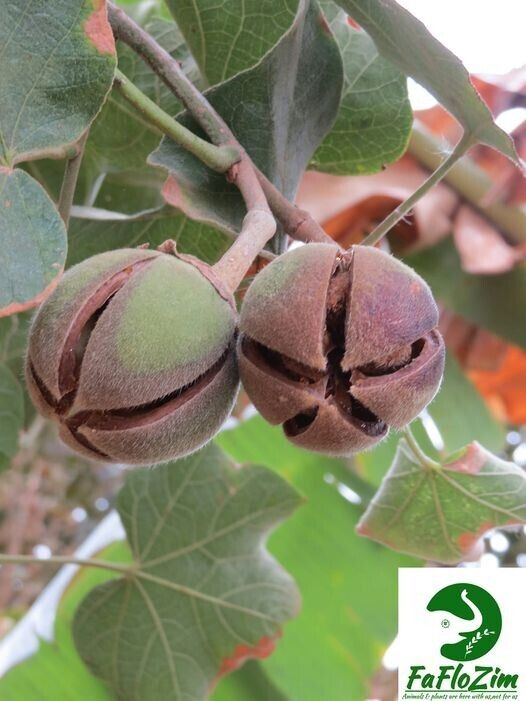
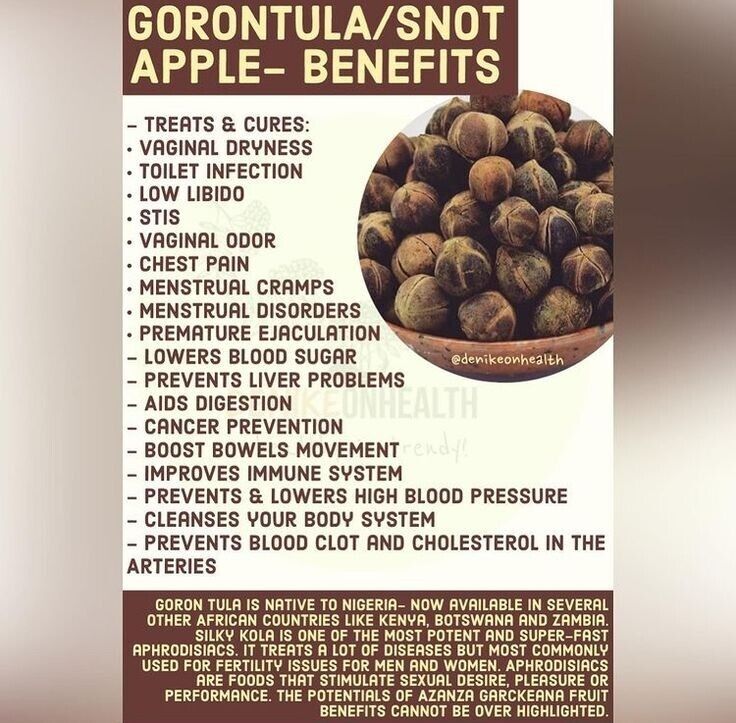
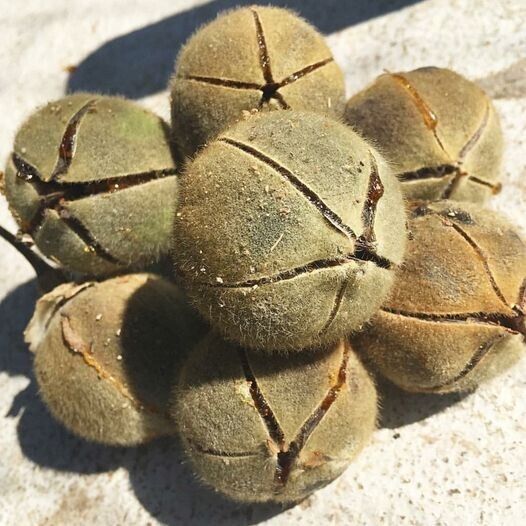
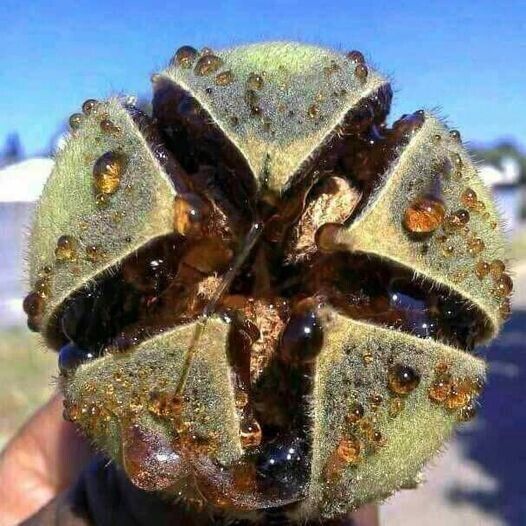
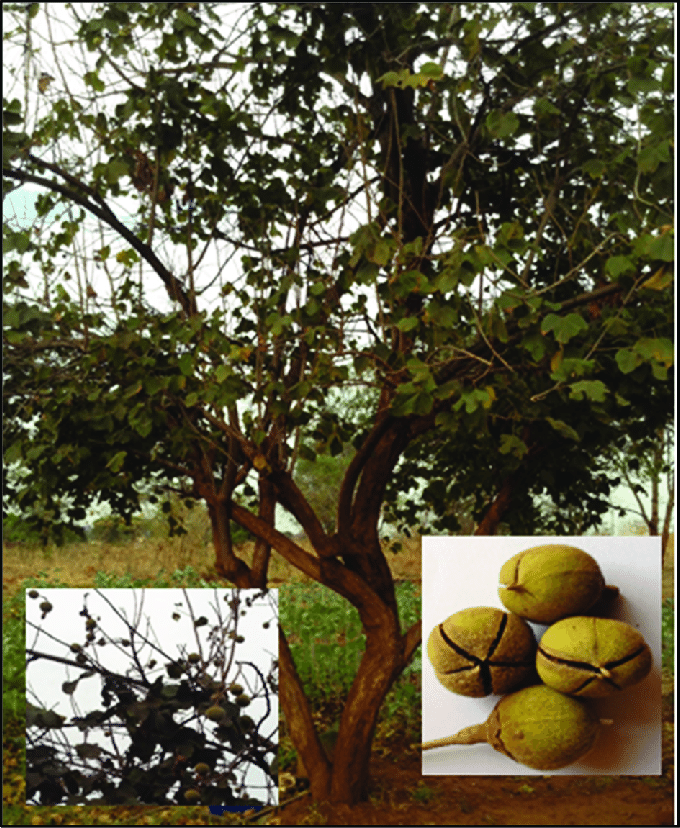
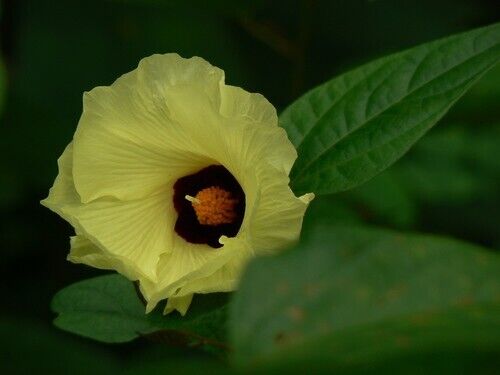
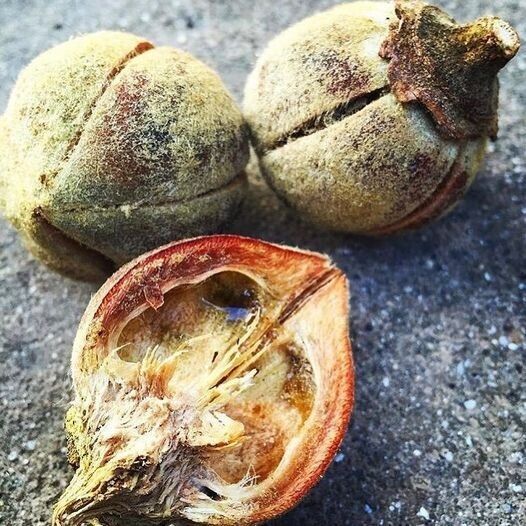
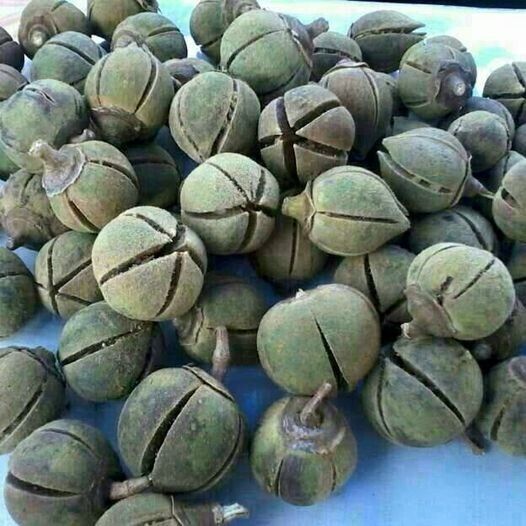
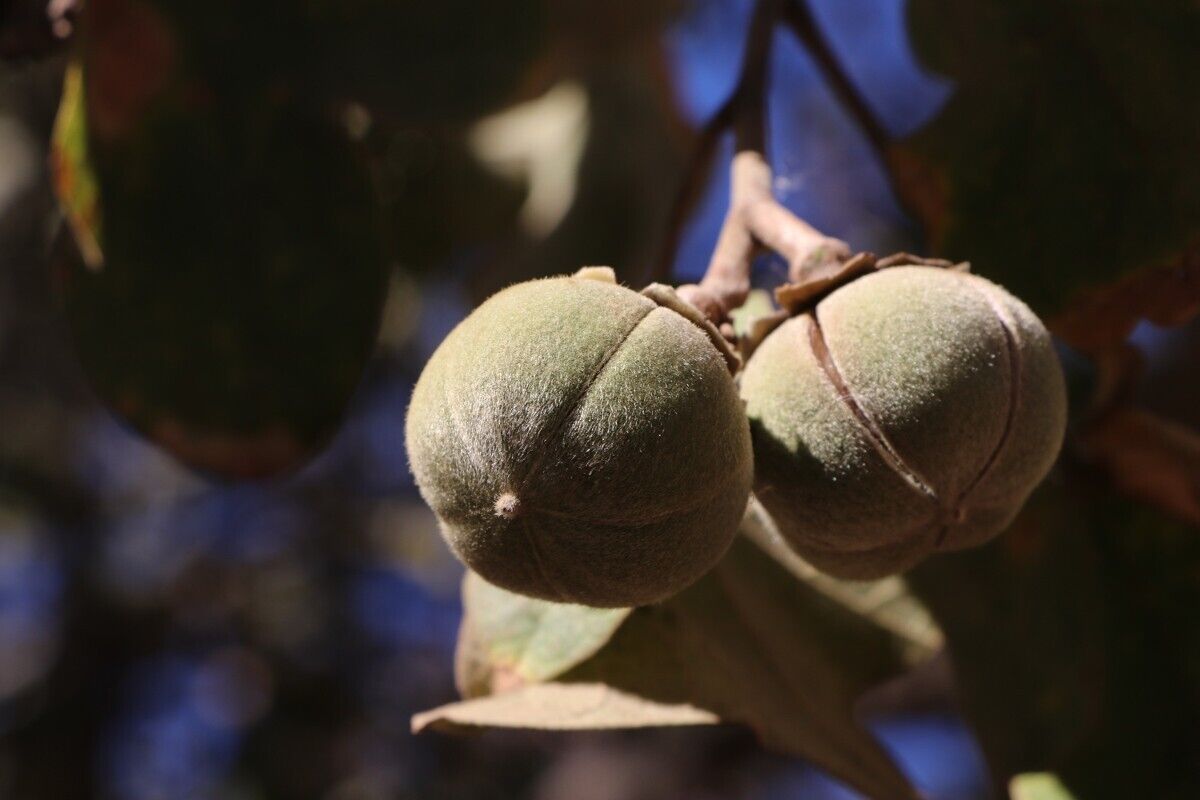
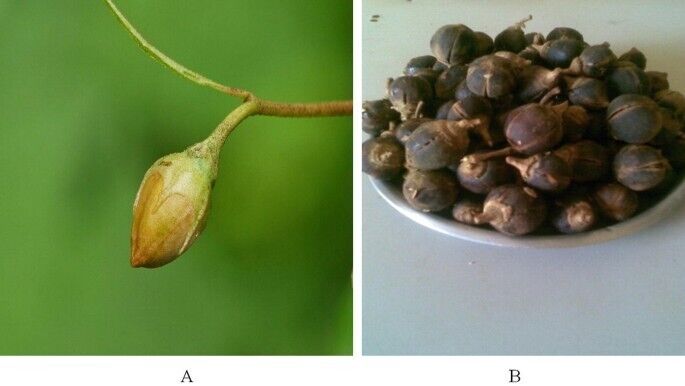
Collections
-

Dress Jewellery Gifts
See our Beautiful Collection of Summer Holiday Dress Jewellery, Beach wear, Christmas...
-

Pet Gifts Personalised
Personalised Pet Gifts personalised Scent Blankets, Pet Christmas Stockings, towels, bandanas ,...
-

Designer Hats
Designer Hats For Adults Him Her Men Women Workwear Construction Hat for...
-

Christmas Gifts Personalised
Browse our range of luxury Christmas stockings, personalised with any name. Our personalised...
-

Gifts for Everyone
Personalised Gift shop offering Custom Bespoke Gifts for all Occasions. Personalised With...
-

Baby Gifts Personalised
Personalised Baby Gifts for Newborns Girls & Boys Childrens Presents with Embroidered...

















